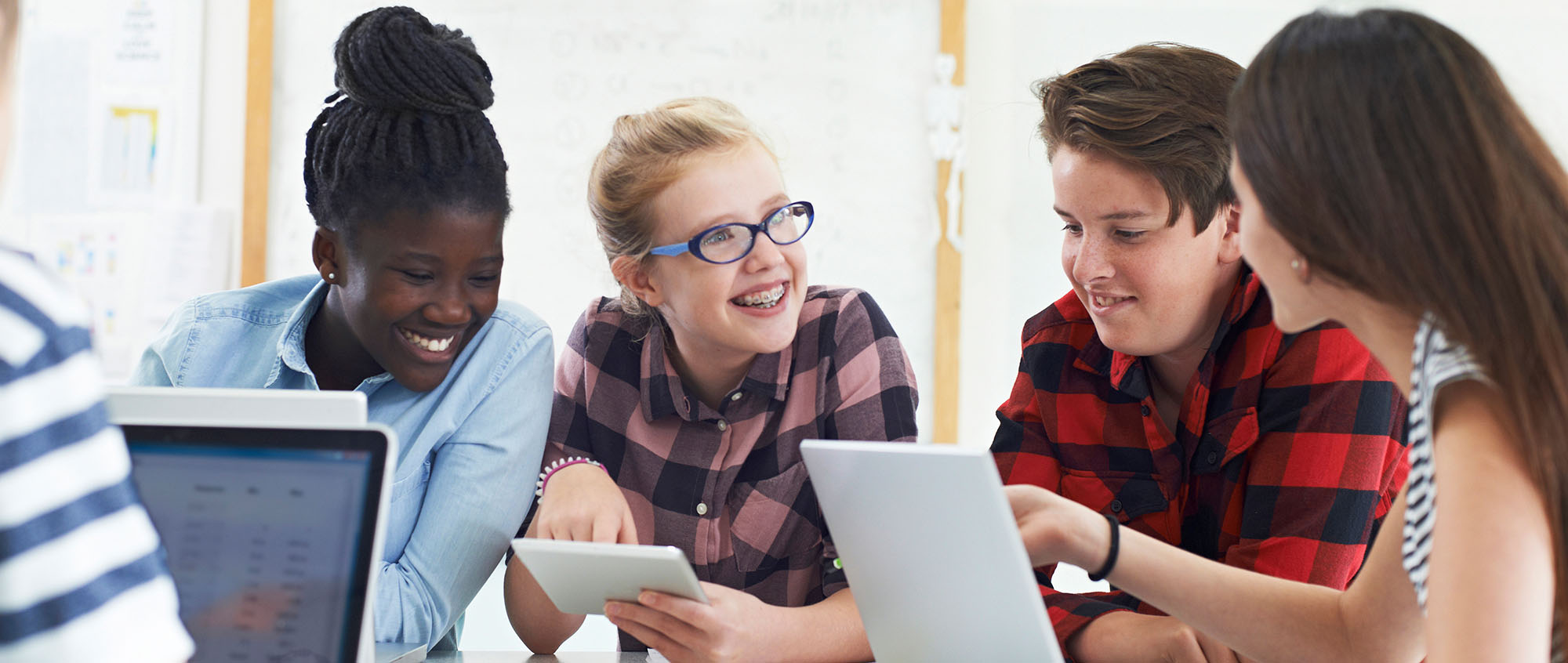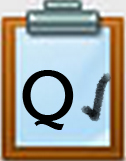Q2. Collaborating With Other Cultures: Awareness
Guide to Business Cultures
- Use this Country and Culture Guide. In the Select a country drop down, choose one country that is on interest to you.
- Your teacher may assign one or allow you to select a culture.
- Scroll down to “Business Culture and Etiquette” section.
- Record, on your notes document, your findings on Communication Styles, Meeting & Greeting, Business Card Etiquette, Business Meetings, and Dress Code (if stated).
- Your teacher may ask you to:
- Work in partners or small groups
- Communicate your learning about this culture by sharing out key ideas with your classmates in some way, such as creating a digital poster, a hand-created poster, or a slide or two for a short slide show. You should highlight key ideas about business and communication in this culture.
- Now review this slidedeck: Doing Business in U.S.and think about how it compares to the country you just reviewed in the Country and Culture guide linked above.
Why is cultural awareness important?
Consider what you have learned about cultural empathy, non-verbal communication, and preparing for cultural exchanges.
Your teacher will review the options for you to reflect on these questions, possibly with the class as a whole, in small groups, with partners in a pair and share, or on a discussion board or some combination of those activities:
Why is it important to be aware of the cultural preferences of a group when doing a global collaboration?
What might a good global collaborator do to prepare for cultural exchanges?
How can non-verbal communication have an impact on a conversation?
What skills and actions will we use as a result of these new understandings? In other words, what competencies will we demonstrate?
***Record your answers in your note document to these questions which will help you with a future Quest, where you will create a “Global Citizen in Action Guide” to demonstrate the competencies you have mastered as a global collaborator.
Competencies & Standards
MITECS Michigan Integrated Technology Competencies for Students, and
1. Empowered Learner
a. Articulate and set personal learning goals, develop strategies leveraging technology to achieve them and reflect on the learning process itself to improve learning outcomes
2. Digital Citizen
a. Cultivate and manage their digital identity and reputation and are aware of the permanence of their actions in the digital world
b. Engage in positive, safe, legal and ethical behavior when using technology, including social interactions online or when using networked devices
c. Demonstrate an understanding of and respect for the rights and obligations of using and sharing intellectual property
3. Knowledge Constructor
d. Curate information from digital resources using a variety of tools and methods to create collections of artifacts that demonstrate meaningful connections or conclusions
6. Creative Communicator
b. Create original works or responsibly repurpose or remix digital resources into new creations
c. Communicate complex ideas clearly and effectively by creating or using a variety of digital objects such as visualizations, models or simulations
d. Publish or present content that customizes the message and medium for their intended audiences
7. Global Collaborator
c. Contribute constructively to project teams, assuming various roles and responsibilities to work effectively toward a common goal
d. Explore local and global issues and use collaborative technologies to work with others to investigate solutions
Websites and Documents
Websites
- Class Tools/Venn
- Comparing Management Cultures
- Creately
- Global Collaboration Survey
- Guide to Business Cultures
- Job Success - Listening Skills
- Non-verbal communication rules for doing business in Japan
- Padlet
- The Power of Body Language
- Word Clouds
- Working Globally Across Cultures Survey
21t4s Documents & Quizzes




